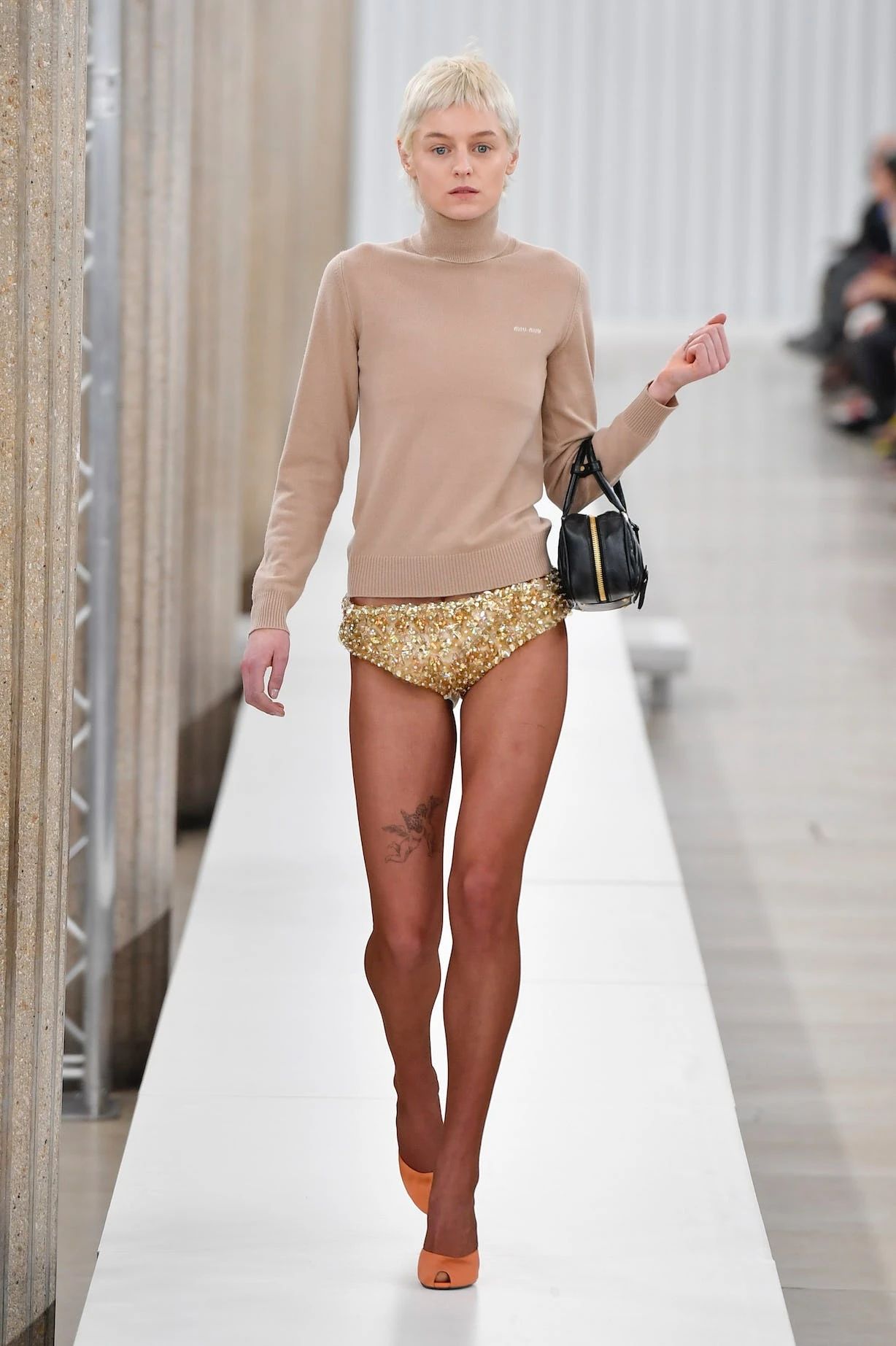Photograph: Acielle/Styledumonde, Getty Images

Writer and fashion commentator Alexandra Hildreth believes: “You can completely infer from a person's clothing how much time he or she spends on social media every day.” It's a harmless joke between Hildreth and her counterpart Rian Phin, as they discover that there are many heavy cell phone users hovering around lower Manhattan.
“If you walk through Times Square in New York, you can tell which TikTok bloggers people are following,” Phin quips, “and you can also guess whether they're buying fashion products with Ssense or Farfetch.”
Nowadays, the global consumer's enthusiasm for fashion items is becoming more and more similar: ballet flat shoes showing the lovely characteristics of women, casual yellow Onitsuka Tiger sneaker, pink Adidas Gazelle platform shoes, or Sandy Liang's bow and Loewe down jacket are all typical online fashion. And as temperatures drop, motorcycle boots, motorcycle jackets and Toteme-style scarf jackets are about to flood the streets.
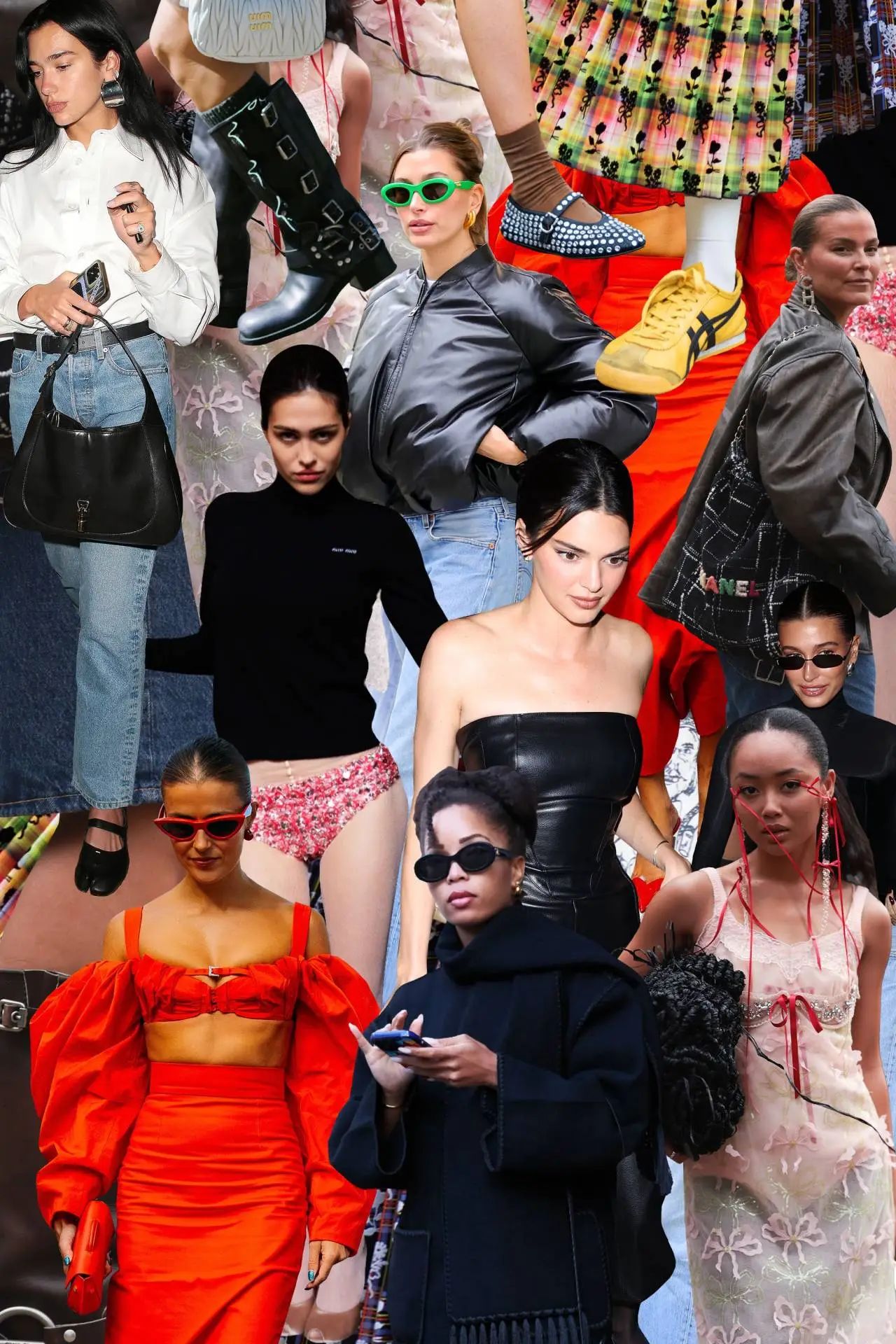
Image source: Instagram
“Creative ideas are becoming more homogeneous,” Hildreth says. She cites the “Demna aesthetic” as another example: more and more brands are launching Balenciaga designer-style derivatives, with a lot of spandex and bulky oversize jackets. Similar trends continue to circulate in TikTok and Instagram, leaving everyone trapped in this very similar aesthetic convention.

Image source: Instagram
The algorithmic world we created ourselves acts like an echoer, allowing similar trends to keep appearing in the flow of information on TikTok and Instagram, until one day everyone suddenly has a fear and anxiety of missing out on the mainstream trend. “Everyone is stuck in this same aesthetic quagmire,” Hildreth said.
Cultural critic Charlie Squire agrees, having previously explored the impact of algorithms on personal style in her work. “If you go to a platform full of algorithms to find fashion inspiration, all you can get is the product data accumulated by the algorithm and all kinds of popular keywords and search terms, and you can't interact with the fashion inspiration in the picture, which is what fashion has always been like.”
With the development of artificial intelligence and the popularity of social media, we feel the impact of algorithms more than ever before. While the three-year epidemic has brought huge dividends to social media and e-commerce, it has also changed the way people shop and aesthetic standards.
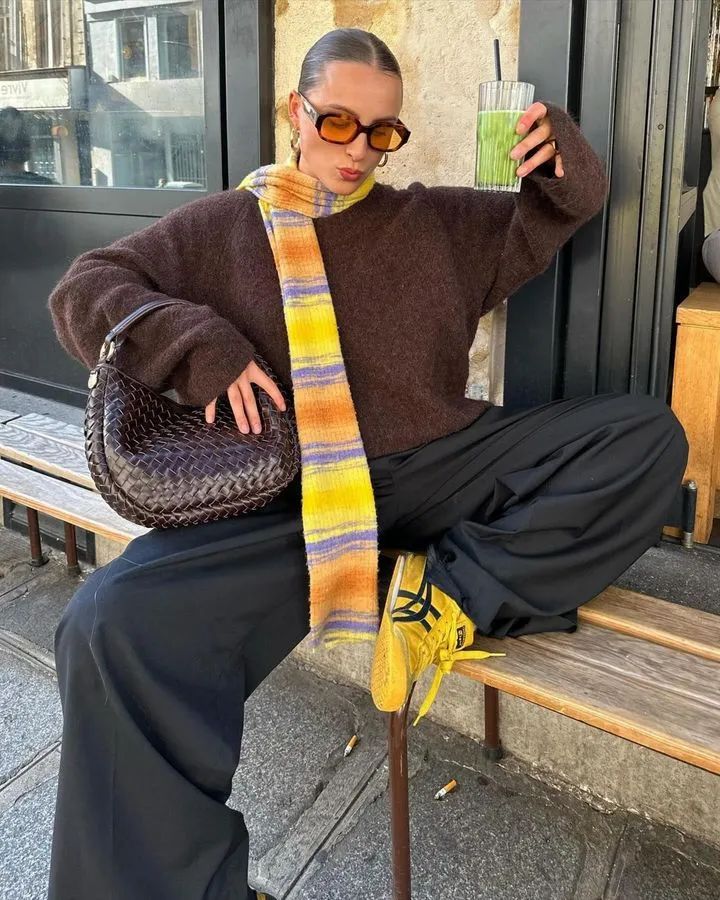
Julie Austin, chief digital executive officer for commerce and technology at Wunderman Thompson, explained, “More and more retailers are using algorithmic services, which use algorithms, machine learning and data analysis to personalize and optimize the consumer shopping experience to improve the certainty of user search results.” In social media, the algorithm will automatically promote online hot and popular products, and will further filter according to the user's behavior, interests and interaction to ensure accurate reach.
Austin believes that creating self-perpetuating trends is indeed a shortcut. Prioritizing on the search page means that these products sell more than other products with lower exposure, and the growth in user demand and sales will attract more consumers, and then the brand will start the next cycle with new color schemes or new co-names.
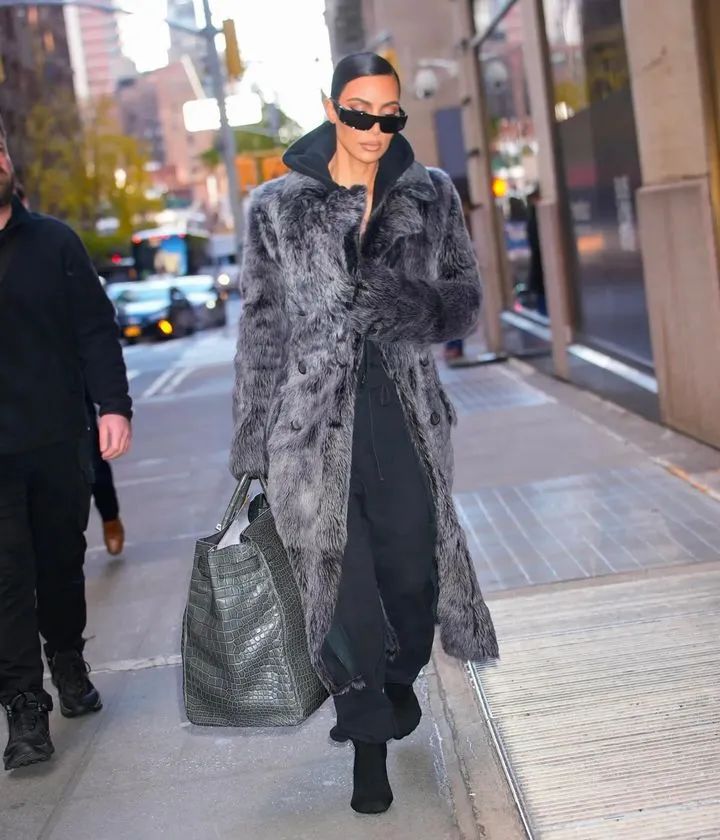
Image source: miumiu
Shoppers are tired of the same. “It's obviously more and more exhausting to see the same 3. four aesthetic styles,” Phin says. Users are beginning to hope that the brand's social media content and online store pages can be better managed-which means that a certain degree of algorithm input needs to be reduced, and the lives of the masses are being excessively interfered.
Hildreth said: “On the one hand, the pattern of algorithms recommend according to user interests does make social media more interesting, but now we are in a state of high concentration of information and over-certainty of results. The key question is, how do you find the balance between the two?”
# Is social media leading to aesthetic flattening,
# or consumer average aesthetic online comprehensive display?
#
The myriad of cookie-cutter social media content is both a product of online trends and a natural extension of internet culture. “I do think social media flattens the aesthetic to a certain extent, but I can't say whether it's a chicken-and-egg question,” said Laura Reilly, lead author of the shopping subscription e-publication Magasin. She believes that the relatively low discrimination ability of consumers and the large number of brands with ordinary quality that are full of online are the main causes of the current problem.
Phin, on the other hand, believes that the overwhelming homogenization of online content and consumers' lack of necessary identification ability interact with each other. “The creators of the overseas version of Douyin created a video collection of' how to shop online ‘, and then guided users to the e-commerce platform, and then produced the style trend of' some kind of girl. For example, the ‘Tomato girl' (Tomato girl) wind that recently caught fire on TikTok, tomato is a symbolic meaning, it refers to the use of clothing to show a relaxed, comfortable state of life, creators uploaded ‘Tomato girl' wear into the door guide and other theme videos, all of which are linked together.”
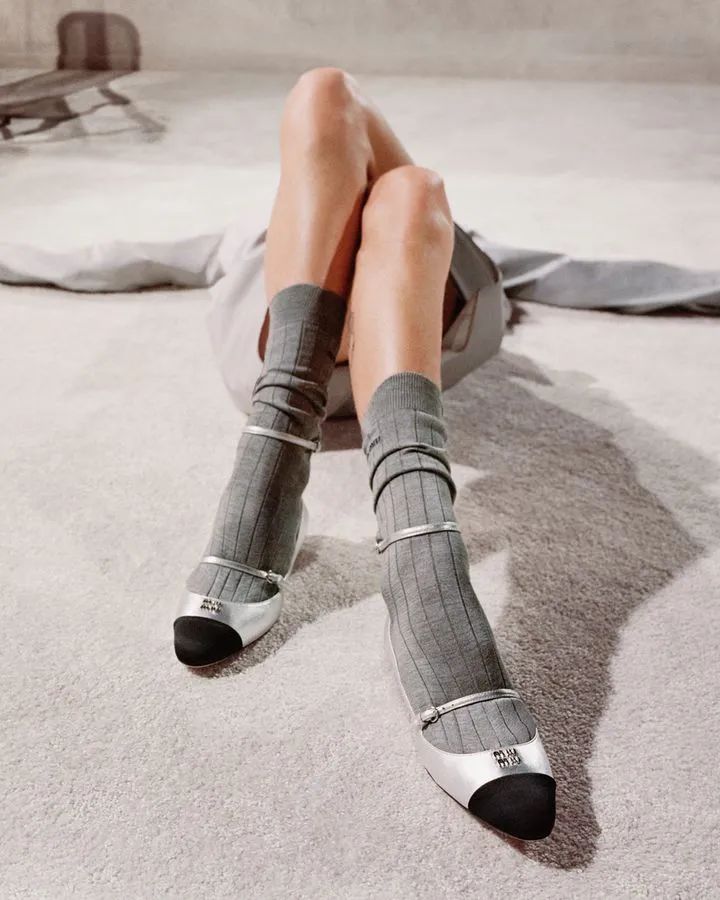
Image source: Instagram
In the retail industry, the goal of the buyer is to anticipate upcoming trends. So they're not looking at social media, they're looking at data. “We don't think too much about trends on social media because we buy products before they become popular, which depends in part on historical data and understanding customer preferences.” Mytheresa Chief Procurement Officer Tiffany Hsu said.
Brigitte Chartrand, vice president of women's clothing, said Ssense's focus is on balancing current and future trends. “As part of our seasonal strategy, we use data from current trends to identify product categories to focus on next,” she concludes. On the other hand, Ssense buyers are also looking to identify upcoming trends to stay ahead.
At the same time, buyers will also try to find trends on the e-commerce platform, but they will also immediately capture micro-trends if a trend is on the rise. “When we do see some micro-trends spreading, we will increase our investment,” Hsu said. Chartrand added: “Understanding trends early will allow us to move towards new things faster, which is what we have been doing.”

Photo by Getty Images
Hsu of Mytheresa further stated that after considering the high frequency of changes in social media algorithms, she will not formulate purchasing strategies based on algorithms. “After all, it is difficult for you to know who is reading which post, even if someone likes a photo. It doesn't mean that a certain product will sell well.”
Take the “underwear outside” trend as an example. After the hot pants trend became popular in the spring/summer 2024 shows and Instagram, buyers can only follow the trend to evaluate the purchase volume. La Samaritaine Fashion and Accessories Sales Director Victoria Dartigues told us: “We do choose some very eye-catching women's underwear items in our purchases, but the number is small, more to increase personalized choices, rather than commercial purchases.”
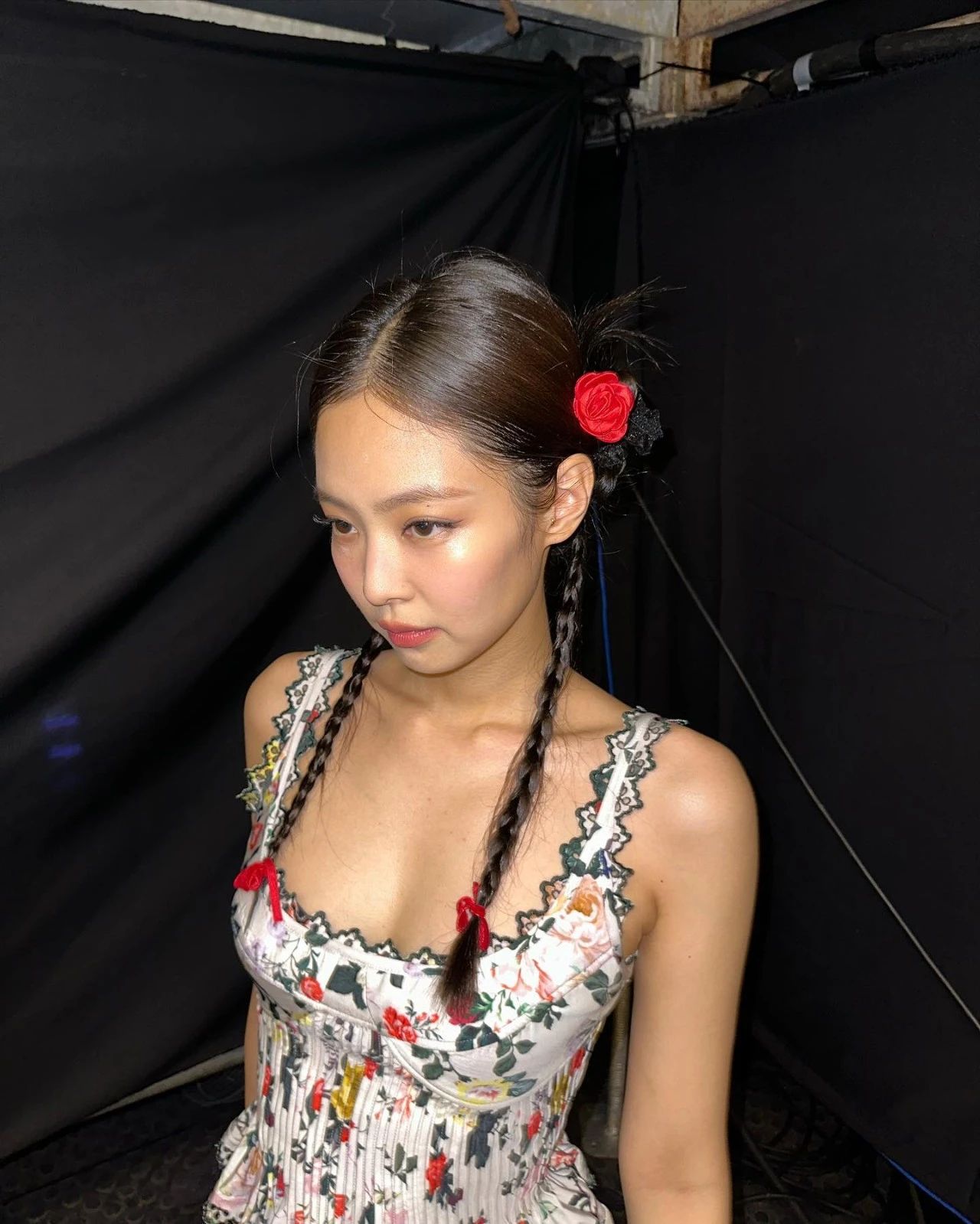
Image source: miumiu

How to break the Internet
# Brings the impact of style homogenization?
#
Buyers seek differentiation and novelty, balanced by sales. Chartrand said that part of Ssense's purchasing strategy is to launch single products that are difficult to find elsewhere, which helps guide the public to differentiate their buying behavior.
In order to find these more unique products, Austin recommends that retailers use algorithms to provide consumers with a degree of control, allowing them to point out different categories outside the area of interest. She emphasized: “Balancing the recommend of algorithms with consumers' self-discovery is key.”
But if consumers don't choose large online shopping retail platforms, where else can they go to find their favorite products? Algorithms make people increasingly dependent on these platforms, which is the main reason why people have limited choices of online shopping channels.
Reilly believes that if you have a clear goal, you can eliminate the recommend of “similarities” from the outside world. She said, “I trust buyers and independent shopkeepers very much. They have done a lot of research on their own to find excellent, innovative and exclusive cooperative brands, so as to enhance their competitive advantage.” Independent retailers, including Café Forgot on New York's Lower East Side, non-traditional e-commerce sites Apoc Store and Maimou, offer consumers more personalized choices.
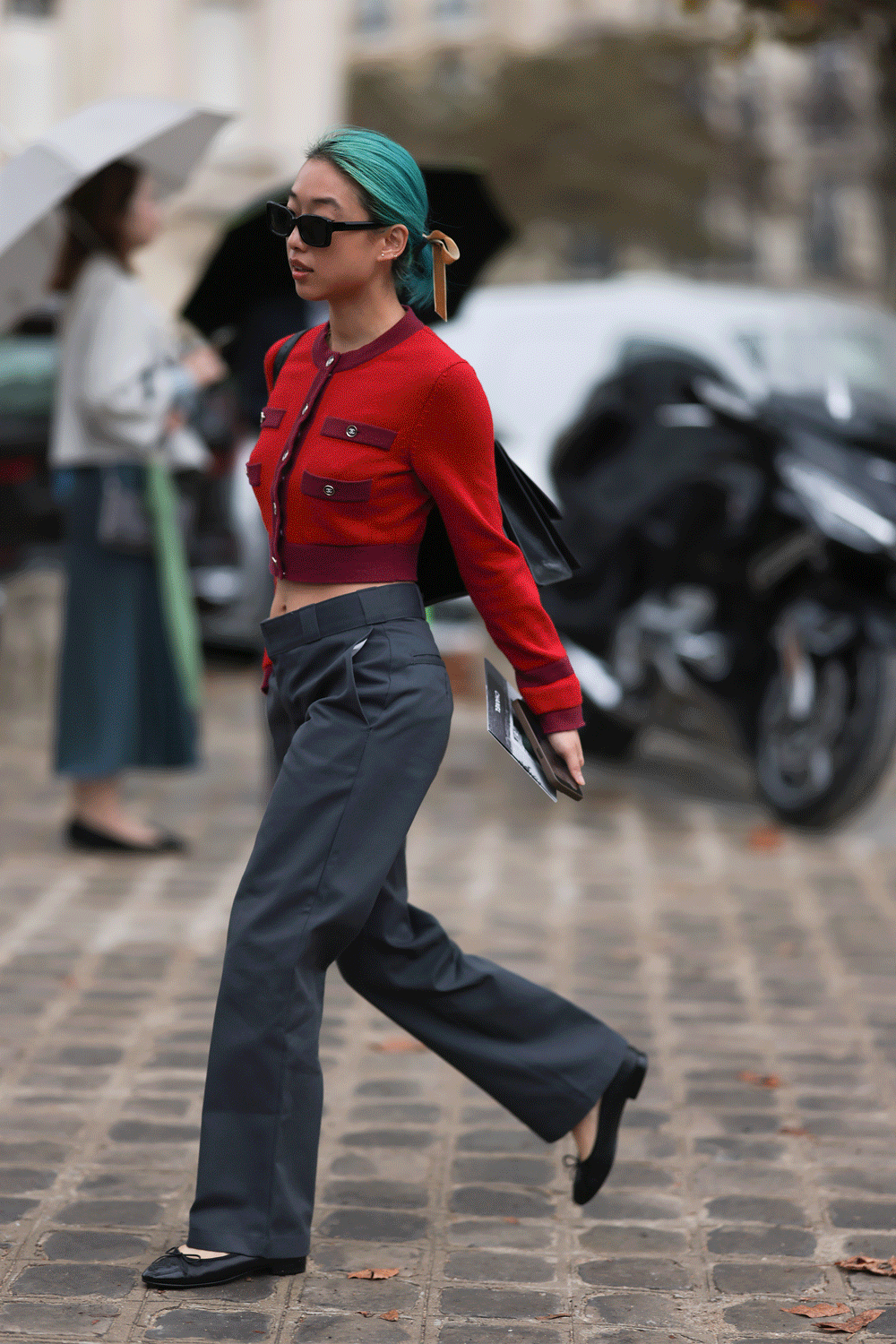
Photo by Café Forgot
People's views on social media are divided into two groups. Hildreth believes that consumers need not be overly exclusive of algorithms and distrust social media. In her opinion, if your favorite content creators spontaneously recommend their favorite brands, “this will be a new way of” randomly “planting grass. Instead of shopping in stores in the traditional sense.” Therefore, finding content creators that match your interests may be another path.
Squire recommends staying away from phones or laptops altogether. “Watch old movies, read magazines, don't stare at what's on the Instagram, explore what's behind the formation of their style.” If you're looking for something to wear, but aren't sure about the primary and secondary relationships that style forms, writer Erika Veurink posted a TikTok video that will sync up on Instagram, and she lists 11 movies you can watch when you don't know what to wear. After all, we are already at the end of 2023.
(Source: Vogue Business)
